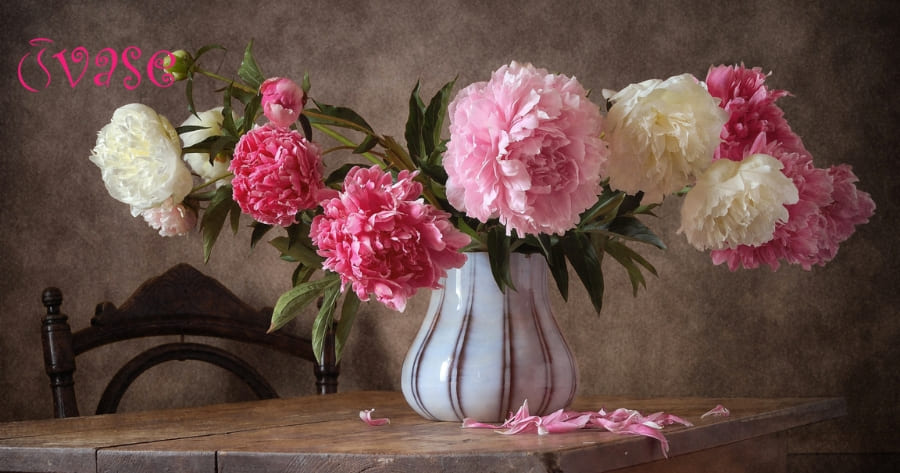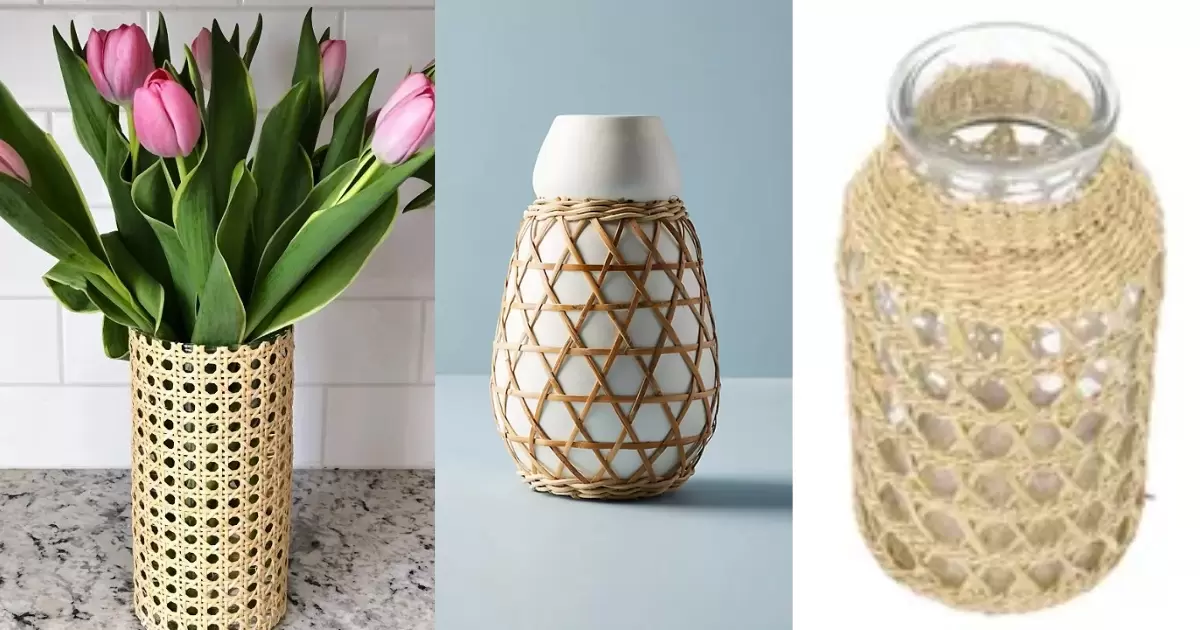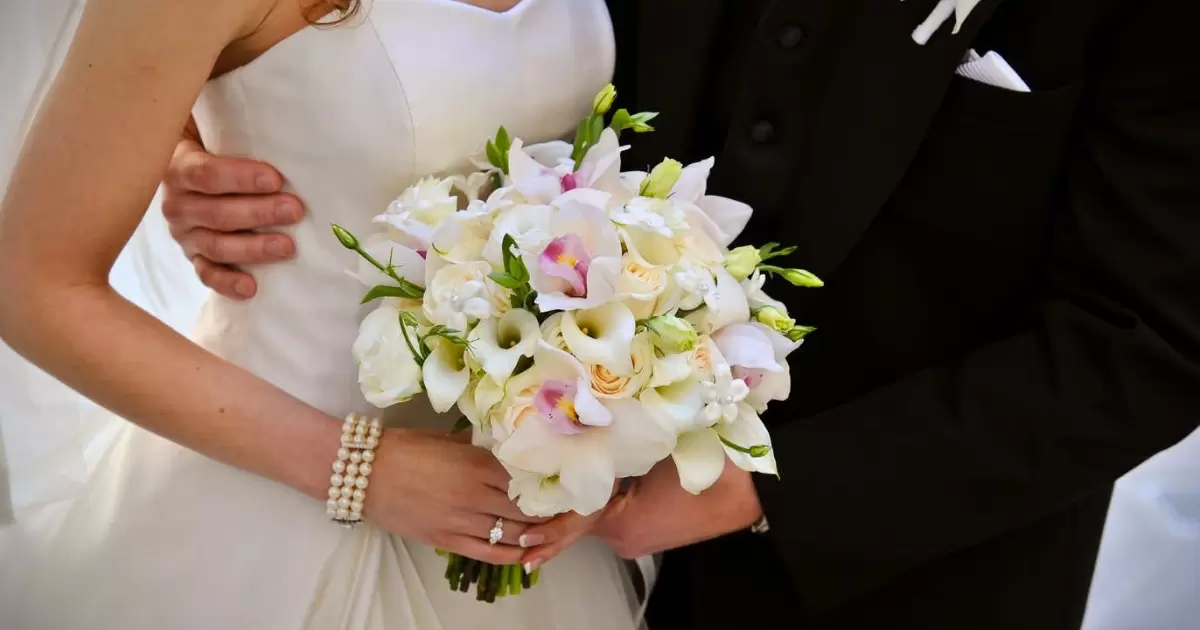Peonies, belonging to the genus Paeonia, represent the sole genus in the family Paeoniaceae. With over 30 species and numerous varieties, some with a history of cultivation dating back thousands of years, these flowering plants originated in China and are native to Asia, Europe, and Western North America.
These stunning blossoms are reliable perennials, returning year after year, potentially lasting for generations with minimal care. Some varieties, such as How To Cut Peonies For Vase, have been known to thrive for over a century.
The flowering period typically spans from late spring to early summer, contingent on geographical location and peony type. Hardy in zones 3 to 8, they flourish with full sun exposure and well-drained soil. Peonies particularly appreciate cold winters, as chilling is crucial for bud formation.
Which Type Of Peony To Choose?
When it comes to choosing peonies for a beautiful vase arrangement, it's important to consider which type of peony will suit your preferences and needs. There are several varieties of peonies available, each with its unique characteristics. From herbaceous peonies to tree peonies, the options can be overwhelming.
If you're looking for fragrant peonies with large, showy blooms, including How to Make Peonies Bloom in Vase, herbaceous peonies are a fantastic choice; these peonies are the most common and easiest to find, making them a perfect option for most vase arrangements, including how to take care of hydrangeas in a vase. If you prefer a longer blooming season, consider tree peonies.
Peony Flowering Time
To create a breathtaking peony bouquet, it's crucial to understand the different flowering times of peonies. Peonies can bloom from early spring to late summer, depending on the variety and climate.
In general, early-blooming peonies tend to have smaller blooms, while late-blooming peonies offer larger, more opulent flowers. By carefully selecting a combination of early, mid, and late-season peonies, you can enjoy a stunning vase arrangement that lasts throughout the entire peony season.
Perennial Peonies
Peonies are perennial plants, meaning they come back year after year, allowing you to enjoy their beauty for a long time. These hardy flowers require well-drained soil and plenty of sunlight to thrive.
When planting perennial peonies, it's important to choose a location that receives at least six hours of direct sunlight each day. This ensures that your peonies receive enough energy to develop strong stems and produce vibrant blooms.
Wild perennial peony species
If you're a fan of unique and rare flowers, consider exploring wild perennial peony species. These captivating peonies offer a touch of untamed beauty and add a sense of adventure to your vase arrangements. From the elegant Paeonia obovata to the vibrant Paeonia lactiflora, wild peony species are a fascinating addition to any floral display.
Historical Perennial Types Of Peonies
For those who appreciate the charm of the past, historical perennial peonies are an excellent choice. These varieties have been cultivated for centuries and have stood the test of, earning their place in gardens worldwide. With names like 'Sarahhardt' and 'Festiva Maxima,' you can expect these pieces to bring a touch of nostalgia and elegance to your vase arrangements.
Japanese Perennial Peonies
Japanese perennial peonies are known for their distinctive form and exquisite beauty. With their striking ruffled petals and vibrant colors, these peonies add a touch of drama and sophistication to any vase arrangement. Whether you choose a single stem or a mix of different Japanese peonies, you can be sure that your floral display will become a conversation starter.
How Long Do Peony Bouquets Last?
The longevity of your peony bouquet depends on several factors, including the quality of the flowers, the care taken during cutting, and the vase arrangement techniques used. Peonies can last between five to seven days in a vase.
How Deep Do You Cut Peonies For Vases?
When cutting peonies for a vase, it's essential to cut the stems at the right depth to ensure proper water absorption. Aim to cut the stems at a 45-degree angle, approximately 1 to 2 inches from the base of the flower. This length allows enough surface area for the stem to absorb water while still providing adequate support for the bloom.
Skilfully Cut Peonies
To create a stunning vase arrangement, it's important to cut peonies at the right stage of their bloom. Wait until the bud is soft and feels like a marshmallow when gently squeezed before cutting. This ensures that the peony will continue to open and reveal its full beauty in the vase. Avoid cutting peonies when they are fully open, as they may not last as long and could shed their petals prematurely.
Peonies In A Vase: Care And Changing Water
|
Task |
Care Steps and Recommendations |
|
Cutting Peonies |
Use sharp, clean scissors or shears for cutting. |
|
Cut stems at a 45-degree angle to facilitate water absorption. |
|
|
Harvest flowers when buds are in a soft, marshmallow-like stage. |
|
|
Preparing the Vase |
Choose a clean vase and fill it with lukewarm water. |
|
Remove any foliage below the waterline to prevent bacterial growth. |
|
|
Add floral preservatives to extend the vase's life. |
|
|
Changing Water |
Change water every 2-3 days to keep it clean. |
|
Trim 1-2 inches off the stems with each water change. |
|
|
Check for any wilting or discolored petals and remove them. |
|
|
Placement |
Display the vase in a cool spot away from direct sunlight. |
|
Keep peonies away from fruits, as they release ethylene, which can age flowers faster. |
|
|
Additional Tips |
Avoid overcrowding the vase to allow proper air circulation. |
|
- Mist the blooms lightly to maintain humidity. |
What kinds of peonies can you plant?
When it comes to planting peonies in your garden, you have a wide range of options to choose from. From the classic herbaceous peonies to the luxurious tree peonies, there's something for every gardener's taste. intersectional peonies, also known as Itoh peonies, offer a unique combination of the best traits of herbaceous and tree peonies.
Their large, showy flowers and disease-resistant foliage make them a popular choice among peony enthusiasts. If you're wondering how to cut peonies for a vase, whether you opt for peonies with a rich historical background or rare wild species, planting these captivating flowers in your garden ensures a stunning addition to your vase arrangements for years to come.
Frequently Asked Question
Where do you cut peonies on the stem?
It's recommended to cut peonies on the stem at a 45-degree angle. Use sharp, clean scissors or shears. Cutting at an angle facilitates better water absorption, promoting longer vase life.
Do peonies open after cutting?
Yes, peonies can continue to open and bloom after being cut. It's essential to cut them when the buds are in a soft, marshmallow-like stage for optimal longevity and full blossom.
Are peonies good-cut flowers?
Yes, peonies are excellent cut flowers. They are known for their lush and voluminous blooms, making them popular choices for floral arrangements. With proper care, they can last for an extended period of time in a vase.
What kind of vase is best for cut peonies?
The best vase for cut peonies is one that is clean and provides stability for the blooms. Choose a vase with a clean water reservoir, and make sure it's large enough to accommodate the number of peonies without overcrowding.
Conclusion
In conclusion, peonies stand as enduring perennials, gracing gardens with vibrant hues. With over 30 species originating from China, these flowers captivate with their timeless beauty. Their resilience and ability to thrive for generations require minimal care, making them an ideal choice for both novice and seasoned gardeners.
As dependable as the blooms themselves, the key to successful peony care lies in simplicity. From the diligent act of cutting at a 45-degree angle to the vase selection process, every step ensures a prolonged display of these enchanting flowers. Not just admired in gardens, peonies, when carefully cut and arranged, prove to be exceptional cut flowers, enhancing any space with their lush, open blooms.
.png)












